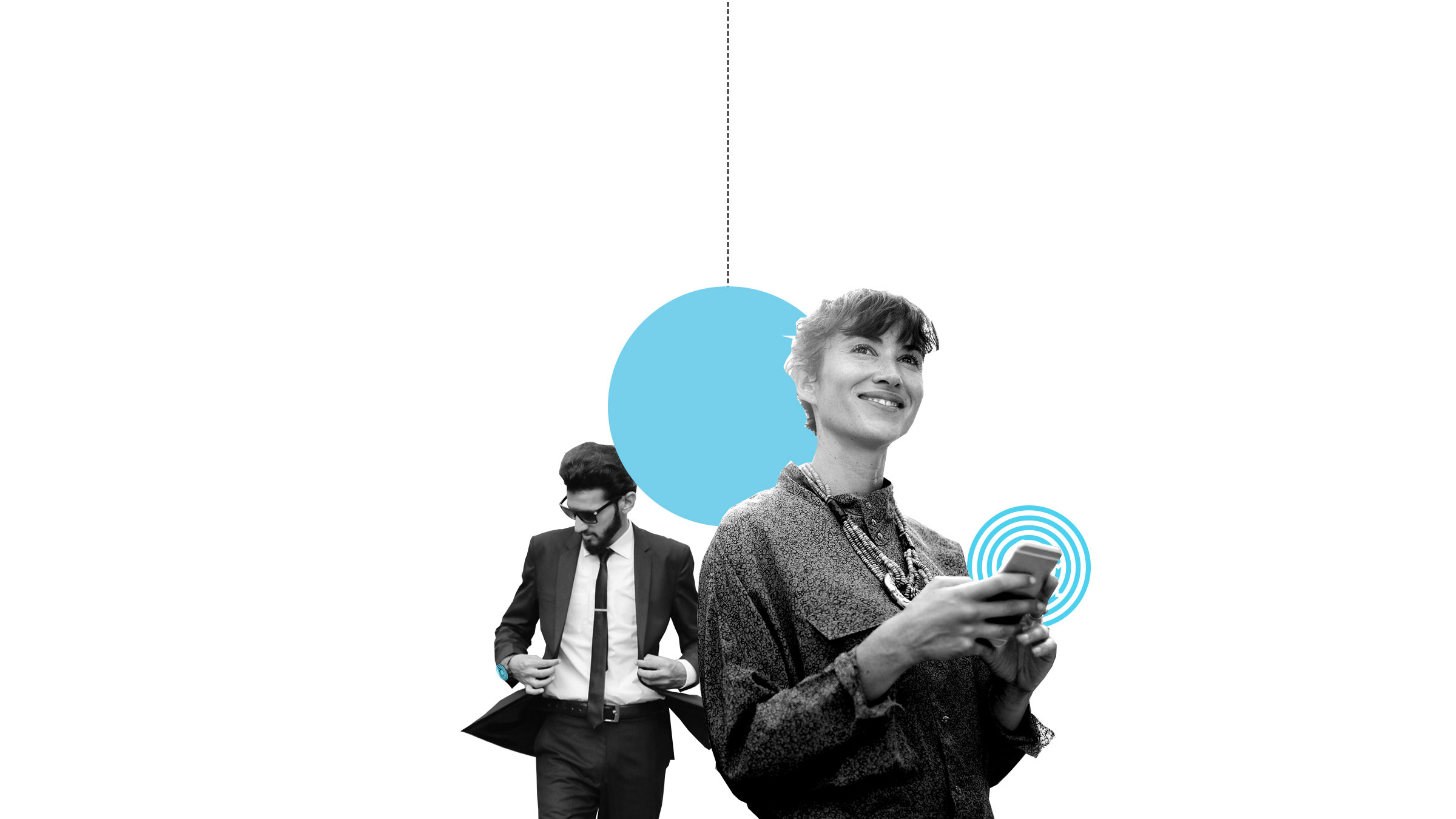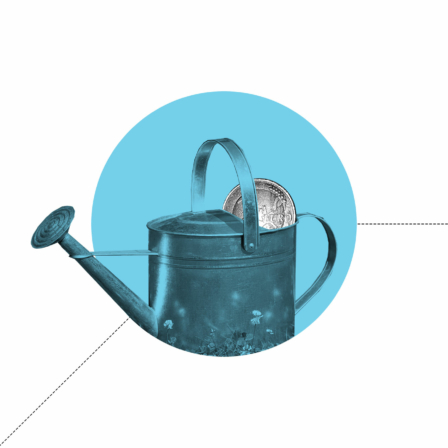Companies will change the way they act and earn revenue. They will shift from their former ways of doing profitable business to circular economy business models. These will enable the more precise use of materials and lead to deeper customer relations – any profitable business activities will be based on the circular economy. Corporate strategies will be built upon new foundations.
Three key trends will contribute to companies shifting towards applying the principles of the circular economy in the future. Customer orientation will move companies away from the traditional sale of goods towards the provision of customer-specific solutions, which will enhance the use of resources and strengthen customer relationships. The overconsumption of natural resources and climate change will steer regulation, investments and consumer behaviour towards actions compliant with the circular economy. This will manifest itself as a change in the way companies do business. The advancements in technology and digitisation, such as artificial intelligence, the Internet of Things and robotics, enable the implementation of circular value chains and business models.
Circular economy business can be divided into five business models: 1) renewability; 2) sharing platforms; 3) product as a service; 4) product-life extension; and 5) resource efficiency and recycling. A shift to circular economy business models will not be easy in every respect but, in the future, companies that apply them will take over markets from companies unable to renew themselves. An increasing share of added value in the national economy will be generated by business activities carried out in compliance with the circular economy. The effectiveness of solutions and services is measured with the help of a carbon handprint Carbon handprint The climate benefits, or the emission avoided by using a product, process or service. It can be created by a state, company, association or individual human being. For example, when a company generates a carbon handprint for its customer, the customer can reduce his/her own carbon footprint. It emphasises the positive future effects on emissions, whereas the carbon footprint focuses on the current negative effects of emissions. Open term page Carbon handprint , which demonstrates to consumers how much their actions reduce carbon emissions.
Instead of owning things, people will move to acquiring user rights, and an increasing range of products will be used as a service.
Product as a service is one of the most central circular economy business models, because it encourages the production of durable, high-quality products. Product as a service will enable new business opportunities as a result of after-sale services for products and deeper customer relationships. The product life cycles will become longer through circular design, which also enables refurbishing, repair and easy replacement of parts.
Circular economy business requires a new kind of co-operation between companies as well as between companies and the public sector. The collaboration between different bodies creates regional concentrations of enterprises, where resources and materials can be effectively shared. The scarcity of natural resources and critical materials in particular will encourage companies to exploit raw materials and side streams as efficiently as possible. Companies will remain acutely aware of the economic value of their main materials and side streams and for that reason they will seek applications that add the most value. Voluntary “green deal agreements” between the public sector and enterprises will become more common, as companies want to tackle societal challenges on their own terms.
Enjoying the fruits of ambition
Having made a transition to a circular economy by 2025, Finland will have redefined its conception of progress. Small steps and major leaps to a carbon-neutral circular economy will have started a whole new economic game, where the profits are shared on totally different grounds to those in the era of overconsumption. In the same manner as in the old linear economy, the game will be honed in an increasingly seamless and efficient direction – only the starting points will have totally changed.
When Finland is able to fully exploit the global market potential of a carbon-neutral circular economy, the ambitious home markets will serve as a foundation upon which companies generate and use new solutions. This will attract foreign investment to Finland. Consumption habits will have changed and will now rest on a sustainable basis – no waste is produced, and business profits are no longer generated by overconsumption.
The circular economy will have created new business operations and jobs in various regional economies. Towns and cities will become important enablers of the circular economy. The local built and data infrastructure (energy, mobility, built environment, waste treatment and water management) and services will function as development platforms for market access and the scaling up of new solutions. The circular economy will lie at the core of competitiveness and vitality.
Finland will use its natural resources in a sustainable manner.
The sustainable use of natural resources, with the help of material circularity, will also have provided a solution to the prevention of biodiversity loss. Habitat loss and degradation has been a key factor in the endangerment of species and habitat types. The transition to a circular economy will have reduced the effect of this factor, owing to the diminished need to exploit virgin natural resources. The pressure for new land development will have decreased because of the greater reuse of built areas or because of the offsetting of the degradation of the living environment in one area by improvements in other areas.
The circular economy is based on the use of low-carbon energy. Sustainably produced renewable energy (such as wind and solar power and geothermal energy) will be used as source of energy to the highest extent possible. The surplus energy and side streams from the energy industry and other industries will be used as efficiently as possible in industrial symbioses. And the elasticity of demand (through the steering of electricity consumption) and energy efficiency will have been increased in the final use of energy (link in Finnish).
Business profits will be generated more by services
In 2025, it will be natural for both consumers and company representatives to procure a work performance or service instead of a physical product. The share of services will have risen compared to the sale of products. The share of circular economy-related turnover of companies’ overall turnover will increase substantially, and an increasing number of products and services provided by companies will contribute to a reduction in greenhouse gas emissions – in other words, their carbon handprint will increase. Some of the change will be attributable to the increasing volume of voluntary agreements made to promote the circular economy.







ACTIONS
Find an action you can take or create your own!